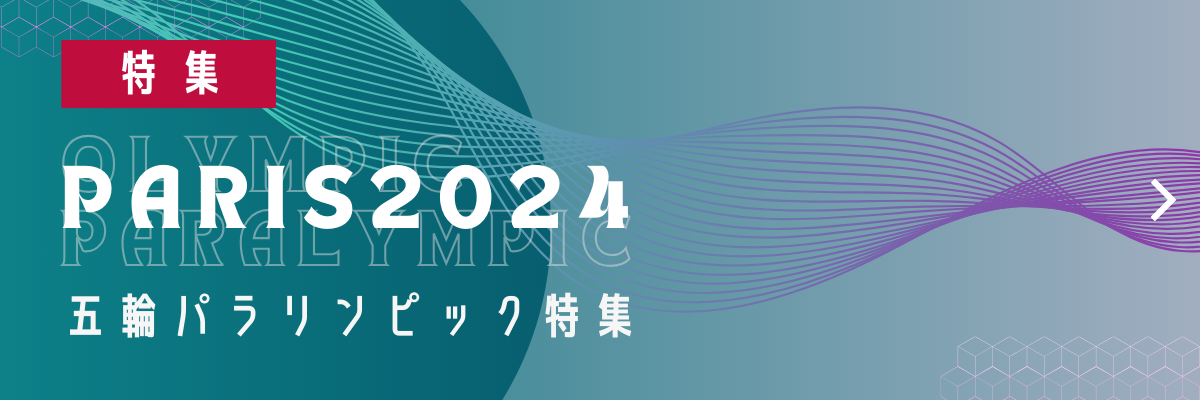恐竜の卵の化石からふ化直前の赤ちゃん 鳥のひなそっくりの姿勢 研究
 【ワシントンAFP=時事】6600万年以上前の恐竜の胚の化石が完全な保存状態で見つかり、ふ化する直前の鳥のひなと同様の姿勢で、卵の中で恐竜の赤ちゃんが丸まっていたとする論文が21日、発表された。(写真は中国・江西省で発見された6600万年以上前のオビラプトロサウルス類のふ化直前の胚。中国地質大学<北京>副教授のシン・リダ氏と英バーミンガム大学提供)
【ワシントンAFP=時事】6600万年以上前の恐竜の胚の化石が完全な保存状態で見つかり、ふ化する直前の鳥のひなと同様の姿勢で、卵の中で恐竜の赤ちゃんが丸まっていたとする論文が21日、発表された。(写真は中国・江西省で発見された6600万年以上前のオビラプトロサウルス類のふ化直前の胚。中国地質大学<北京>副教授のシン・リダ氏と英バーミンガム大学提供)化石は、中国南部・江西省●州(●は左は章、右は夂部の下に貢)市で発見され、英良世界石材自然歴史博物館が所蔵している。
このたび化石の卵の中から見つかったのは、歯のない獣脚類の一種、オビラプトロサウルス類の胚で、研究チームは「ベビー・インリャン(英良ベビー)」と名付けている。
ベビー・インリャンは、頭部から尾部までの全長は約27センチ。卵の長さは17センチだ。
学術誌「アイサイエンス」に掲載された論文の共著者で、英バーミンガム大学研究者のフィオン・ワイサム・マー氏はAFPに、「これまでに見つかった恐竜の胚の中でも最高レベルの保存状態だ」と語った。
発見したマー氏の研究チームによれば、ベビー・インリャンは両側の前脚と後ろ脚を折り畳み、頭を腹部の方に丸めている。これは現代の鳥類のひなが卵の中で取るのと同じ姿勢で、これまでに恐竜で見つかった例はなかった。
鳥類のひなは、ふ化する際にくちばしで内側から卵の殻を割る。その際、頭部を固定するために頭を右側の翼の下に差し込む習性がある。
マー氏は今回見つかった恐竜の赤ちゃんの姿勢は、現代の鳥類が持つこうした習性が恐竜の祖先から始まり、進化してきたことを示していると説明した。【翻訳編集AFPBBNews】
〔AFP=時事〕(2021/12/23-10:50)
Perfectly preserved dinosaur embryo was preparing to hatch like a bird

Scientists on Tuesday announced the discovery of an exquisitely preserved dinosaur embryo from at least 66 million years ago that was preparing to hatch from its egg just like a chicken.
The fossil was discovered in Ganzhou, southern China and belonged to a toothless theropod dinosaur, or oviraptorosaur, which the researchers dubbed Baby Yingliang.
It is one of the best dinosaur embryos ever found in history, University of Birmingham researcher Fion Waisum Ma, who co-authored a paper in the journal iScience, told AFP.
Ma and colleagues found Baby Yingliang's head lay below its body, with the feet on either side and back curled -- a posture that was previously unseen in dinosaurs, but similar to modern birds.
In birds, the behavior is controlled by the central nervous system and called tucking. Chicks preparing to hatch tuck their head under their right wing in order to stabilize the head while they crack the shell with their beak.
Embryos that fail to tuck have a higher chance of death from an unsuccessful hatching.
This indicates that such behavior in modern birds first evolved and originated among their dinosaur ancestors, said Ma.
An alternative to tucking might have been something closer to what is seen in modern crocodiles, which instead assume a sitting posture with the head bending upon the chest up to hatching.
- Forgotten in storage -
Oviraptorosaurs, which means egg thief lizards, were feathered dinosaurs that lived in what is now Asia and North America during the Late Cretaceous period.
They had variable beak shapes and diets, and ranged in size from modern turkeys at the lower end to massive Gigantoraptors, that were eight meters (26 feet) long.
Baby Yingliang measures around 27 centimeters (10.6 inches) long from head to tail, and lies inside a 17 centimeter-long egg at the Yingliang Stone Nature History Museum.
Researchers believe the creature is between 72 and 66 million years old, and was probably preserved by a sudden mudslide that buried the egg, protecting it from scavengers for eons.
It would have grown two to three meters long if it had lived to be an adult, and would have likely fed on plants.
The specimen was one of several egg fossils that were forgotten in storage for decades.
The research team suspected they might contain unborn dinosaurs, and scraped off part of Baby Yingliang's egg shell to uncover the embryo hidden within.
This dinosaur embryo inside its egg is one of the most beautiful fossils I have ever seen, said Professor Steve Brusatte of the University of Edinburgh, part of the research team, in a statement.
This little prenatal dinosaur looks just like a baby bird curled in its egg, which is yet more evidence that many features characteristic of today's birds first evolved in their dinosaur ancestors.
The team hopes to study Baby Yingliang in greater detail using advanced scanning techniques to image its full skeleton, including its skull bones, because part of the body is still covered by rock.

最新ニュース
-
青学大の黒田朝らエントリー=都道府県男子駅伝
-
井上尚「いいもの見せたい」=1カ月延期の世界戦―ボクシング
-
「大航海は続く」=日本ハム、今年のスローガン―プロ野球
-
25年度のNHK予算、400億円の赤字=値下げ響き、3年連続マイナス
-
中居さん番組、休止や差し替え=女性との性的トラブル報道受け
写真特集
-
【高校通算140本塁打の強打者】佐々木麟太郎
-
【駅伝】第101回箱根駅伝〔2025〕
-
【野球】慶応大の4番打者・清原正吾
-
【競馬】女性騎手・藤田菜七子
-
日本人メダリスト〔パリパラリンピック〕
-
【近代五種】佐藤大宗〔パリ五輪〕
-
【アーティスティックスイミング】日本代表〔パリ五輪〕
-
【ゴルフ】山下美夢有〔パリ五輪〕

















